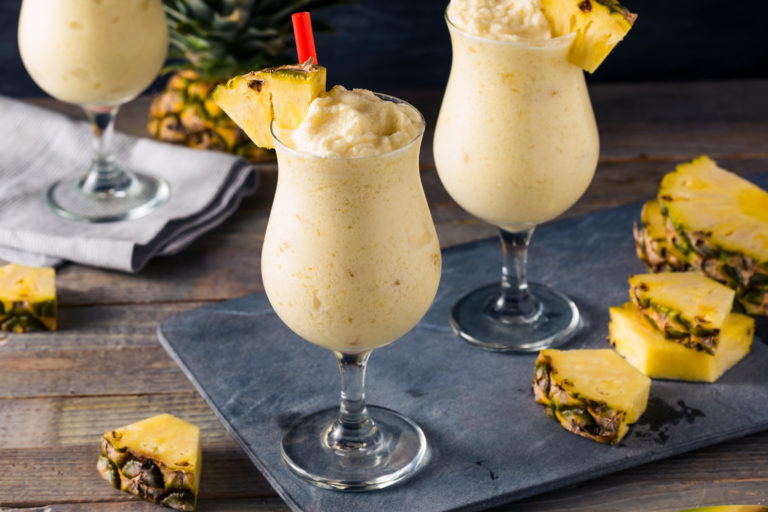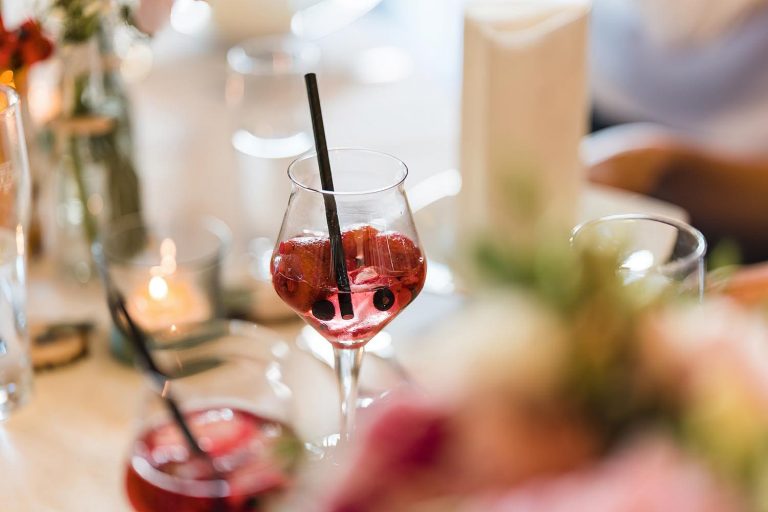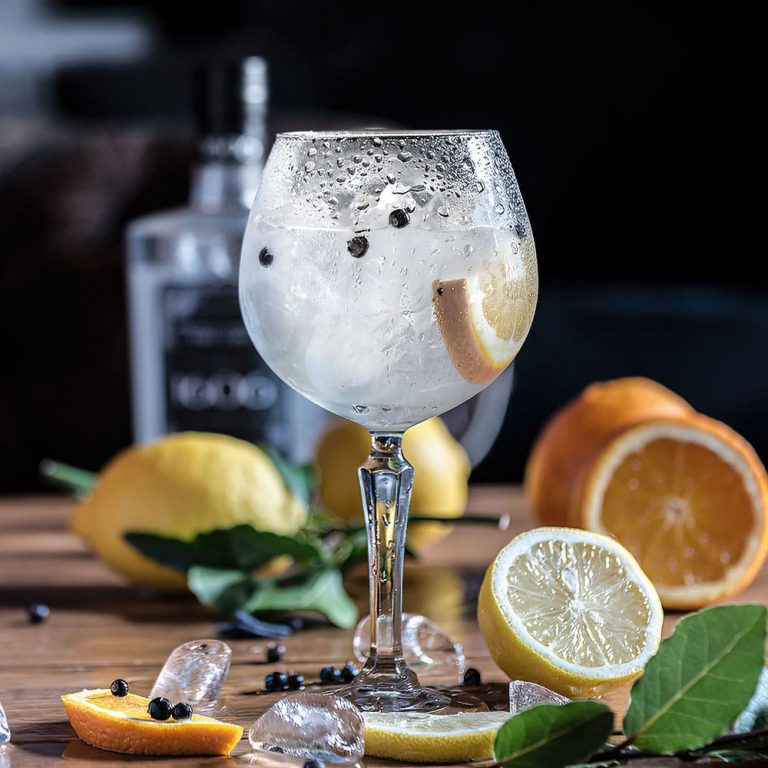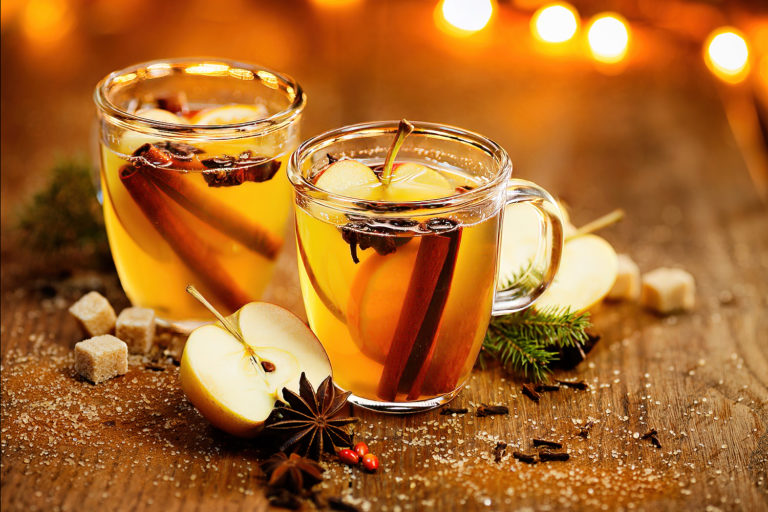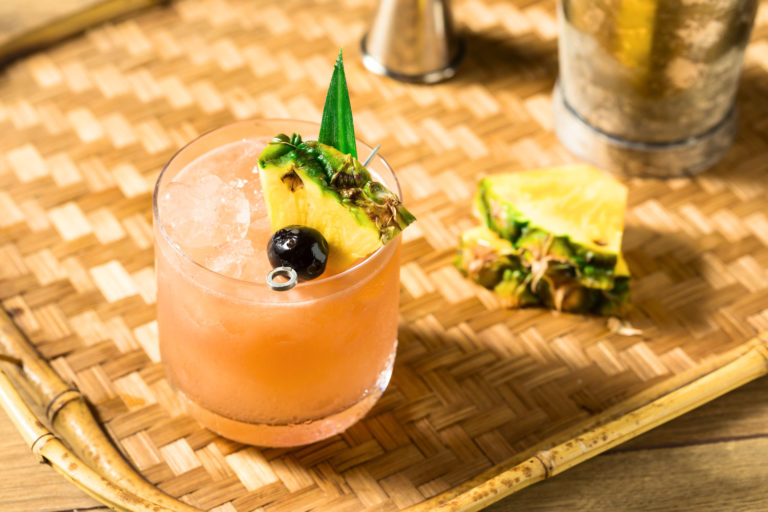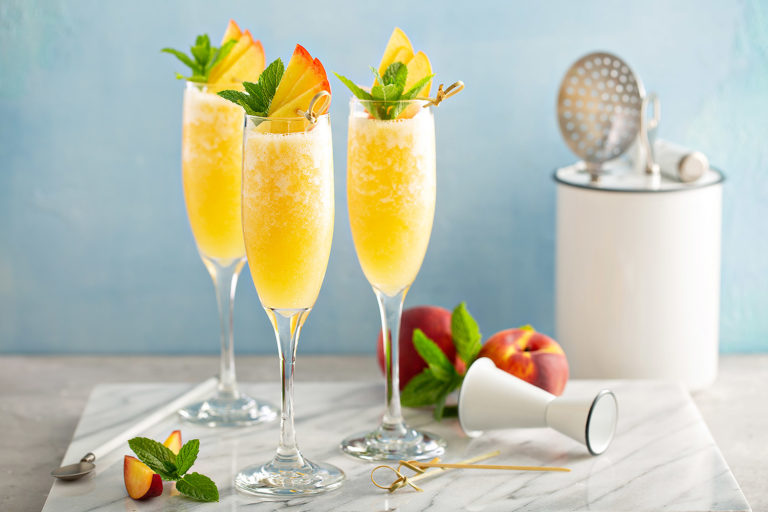The origin of the Piña Colada: legends and stories
The origin of the Piña Colada is surrounded by rumors and allegations. Two bars and a Puerto Rican pirate claim to have invented it first. It is most often attributed to the Caribe Hilton’s Beachcomber Bar (San Juan, Puerto Rico), which is said to have served it for the first time back in 1954.
However, if you walk a kilometer to the west, you will find a plaque on the façade of what is now the Barrachina Restaurant, stating that Don Ramon Portas Mingot invented the cocktail here in 1963.
Legend has it that at the beginning of the 19th century, Puerto Rican pirate Roberto Cofresi served a mixture of pineapple juice, coconut water and rum to his crew to boost their morale.
But best of all is a Piña Colada, the juice of a perfectly ripe pineapple-a delicious drink in itself-rapidly shaken up with ice, sugar, lime and Bacardi rum* in delicate proportions. What could be more luscious, more mellow and more fragrant?
Travel Magazine, 1922
Whether, when and where exactly the first Piña Colada was drunk and who finally invented it can no longer be proven beyond doubt. However, the name Piña Colada for a mixed drink made from rum, pineapple and lime juice can already be found in an issue of Travel Magazine from 1922.
Which story is true is completely irrelevant for the enjoyment of the Piña Colada. However, it does make me revel when I imagine lying on a white sandy beach and enjoying a drink that hardy pirates enjoyed 200 years ago. At that time, however, without ice.
Doubtful reputation in the world of cocktails
While it boomed in the 1950s and enjoyed great popularity, the Piña Colada has a dubious reputation these days and is often pejoratively dubbed a “woman’s drink.” Some bartenders even go as far as not offering the cocktail at all. This reluctance is partly due to the nature of the cocktail, whose creamy-sweet appearance largely masks the alcohol, which is why high-quality rum has no place in a Piña Colada. In the book and a Bottle of Rum, American bar journalist and author Wayne Curtis describes the cocktail as one of the worst examples of a tiki drink. The fact that the drink was invented in Puerto Rico does not surprise him at all.
Pineapple and coconut are the linebackers of the taste world, and can flatten the harshest of rums. It’s no great surprise that it was invented in Puerto Rico, where so much rum was meant to be hidden rather than heralded.
Wayne Curtis, and a Bottle of Rum
Piña Colada is one of those drinks that are often mispronounced in German and English. The tilde above the “n” (ñ) pronounces it as “nj” [ˌpɪɲa koˈlada].
Tips for a better piña colada
The two main flavor ingredients of a classic Piña Colada are pineapple juice and coconut cream. For this reason, you should pay special attention to these two when choosing ingredients. Bottled pineapple juice is okay, but can’t compare to fresh pineapple juice. To do this, simply cut a ripe pineapple into pieces and put them in the blender. The fruit fibers give the Piña Colada an even creamier character. If you freeze the fruit pieces beforehand, you can even save on ice cubes and prevent the drink from becoming watered down over time.
As for the coconut cream: in no case should you resort to coconut milk or syrup – as is unfortunately common in many bars. Both have a different taste and do not provide the desired mouthfeel. If you want to keep it simple, look for a good organic coconut cream, but it’s hard to find. Even better: Just make it yourself. All you need for this is coconut milk, cane sugar and a pot.
Ingredients:
- 400 ml organic coconut milk (min. 20 % fat)
- 350 g cane sugar
- 1-2 tablespoons organic coconut powder (unsweetened)
Preparation:
- Put all ingredients in a saucepan and heat, stirring constantly.
Continue stirring until the sugar has completely dissolved and a creamy consistency has been reached. - Using a hand blender, blend the coconut cream until the coconut powder no longer forms lumps.
- Allow to cool and pour into a squeeze bottle for better dispensing. Ready is the homemade coconut cream, completely without unnecessary additives.
In bars in this country, the Piña Colada is often made with whipped cream and coconut milk or coconut syrup. However, cream has lost nothing in the cocktail classic and serves here only for a creamier texture, which is achieved in the original by the coconut cream.
Painkiller – The big brother of the Piña Colada
If you like pineapple and coconut and still count yourself among the lovers of high-quality rums, you should definitely try the Painkiller. Unlike a piña colada, the Painkiller does not attempt to mask the taste of the rum. Rather, its aroma should be underpinned by Caribbean flair. In addition, the amount of rum is variable and makes up to 2/3 of the drink.
